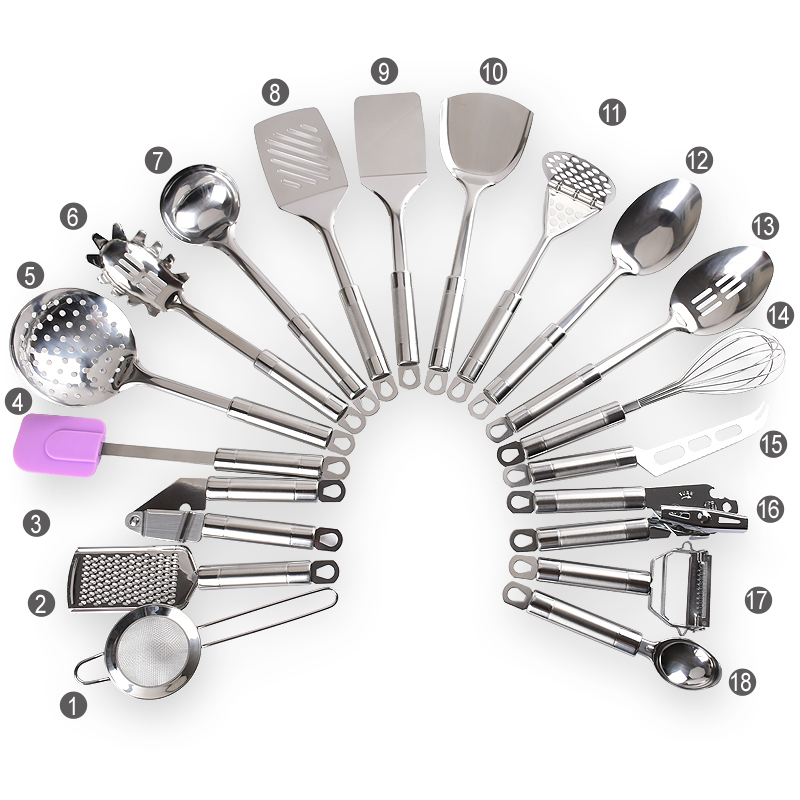In the daily production process, various reasons require us to dilute the UV varnish used. Usually, the most economical and convenient method is to add A directly to the UV varnish. Non-reactive solvents such as ethanol for industry T, without changing the inherent composition of UV varnish, only change the instantaneous viscosity of UV varnish, improve the fluidity and transferability of varnish, and make the surface of the printed product bright after varnish curing slip. However, when ethanol is added in an excessive amount, the water contained in the ethanol cannot be completely volatilized, and water mist will be generated during the photocuring and heating process, thereby remaining in the varnish film, affecting the transparency after the varnish is cured to form a film, and even causing curing Incomplete, the surface of the printed matter is sticky.
Solution: During the production process, the amount of non-reactive solvents such as ethanol should be controlled as much as possible, and ethanol with higher purity should be selected. Uniform UV coating
Uneven coating of UV varnish is also one of the main reasons that affect the gloss and brightness of the printed surface. The effect of UV varnish coating is directly related to factors such as glazing plate, printing pressure, anilox roller and ink.
(1) The poor consistency of the relief on the surface of the printing plate will affect the state of varnish transfer, thus affecting the quality of varnish coating.
(2) Uneven printing pressure will also affect the transfer of varnish to the substrate, resulting in different thickness of UV varnish transferred to the substrate.
(3) The anilox roller is clogged, resulting in uneven ink storage on the surface of the anilox roller, which leads to inadequate UV varnish transfer to the surface of the substrate.
(4) Printing ink and UV varnish produce repulsion or interference, and the surface of the ink contains too much viscous material, which will cause partial obstruction when the UV varnish is transferred to the surface of the substrate.
Solution: Choose a flexible plate with excellent base; pay attention to the effectiveness and quality of the developing solution; wash the quality to ensure that the relief height of the printing plate is consistent; adjust the printing pressure to ensure it is moderate and stable; thoroughly clean the anilox roller to ensure that it is in the mesh No residual foreign matter: use ink and UV varnish produced by the same manufacturer, and try to avoid adding viscous additives to the ink.
The paper surface is not smooth enough
The rough surface of the paper directly affects the leveling performance of the UV varnish on the surface of the paper. When the surface of the paper is too rough, the flow speed of UV varnish on the surface of the paper is slow, and almost all the UV varnish transferred to the surface of the paper is absorbed by the rough paper, making the film-forming substance in the UV varnish, photosensitive resin, penetrate the fibers In the meantime, the gloss and brightness of the printed surface after UV curing are not good. In addition, the rough surface of the paper will also affect the reflection, diffraction and interference of UV light, leading to the failure of UV light and affecting the curing effect.
However, the smoothness of the paper surface is not as high as possible. Because the paper surface is too smooth, its absorbency is too poor, and the printing ink cannot effectively penetrate on its surface, causing the ink to crystallize on its surface, forming a non-absorbent surface. When UV varnishing is performed on such a surface, the penetrating components in the varnish will stay on the surface of the paper together with the photosensitive resin, which will not cure the varnish completely.
Solution: Choose paper with good printing adaptability, or pre-print the diluted white ink on the surface of the paper to change its surface roughness and delay the absorption speed. In addition, water-based varnish can be used as a primer to improve the printability of the paper surface, which can also improve the folding resistance of the printed matter.
Kitchen Utensils made of stainless steel,nylon,PP,wooden,silicone or rubber.It is included strainer,ginger grater,Garlic Press,spatula,skimmer,pasta server,ladle,slotted turner,solid turner,fish turner,potato press,solid spoon,slotted spoon,whisk,knife,Can Opener,3 in 1 peeler,ice cream scoop,measuring spoon set,measuring cup set,Food Tongs.
It keeps you ready to prepare countless things in the kitchen.
Set will provide the perfect incentive to begin preparing meals at home and develop your cooking skills along the way.

Kitchen Utensils
Kitchen Utensils,Kitchen Utensils Set,Cooking Utensils Set,Cooking Set
Fortary Industry&Trading Co., Ltd. , https://www.kitchenset.de